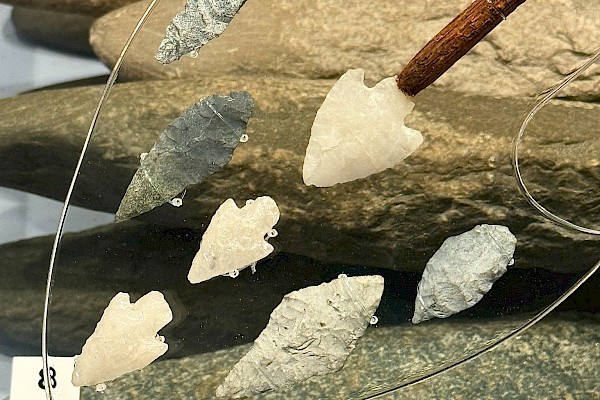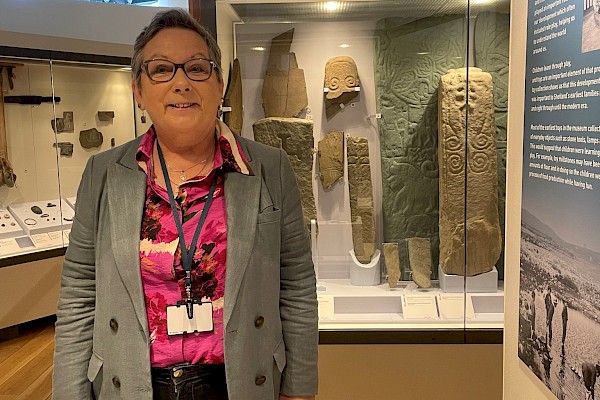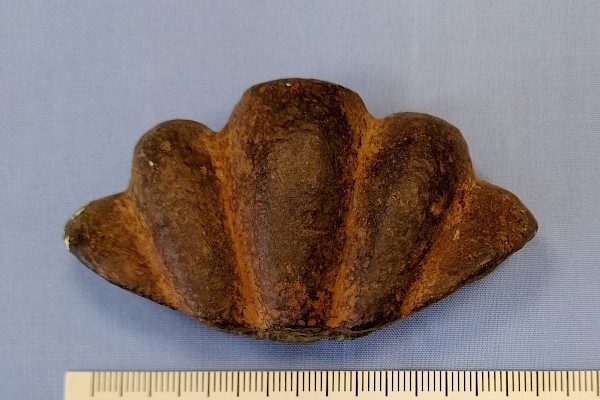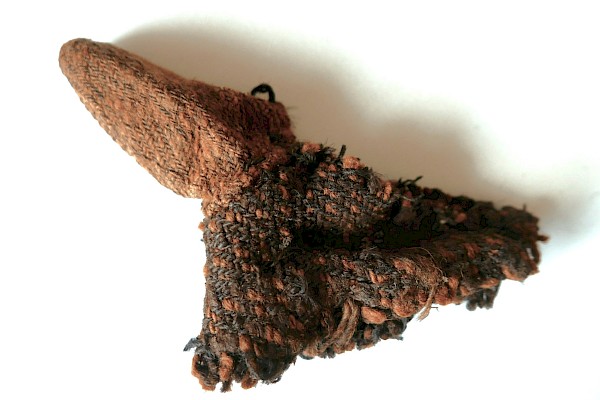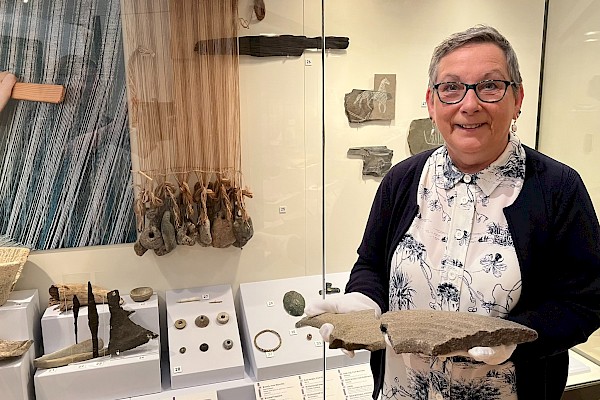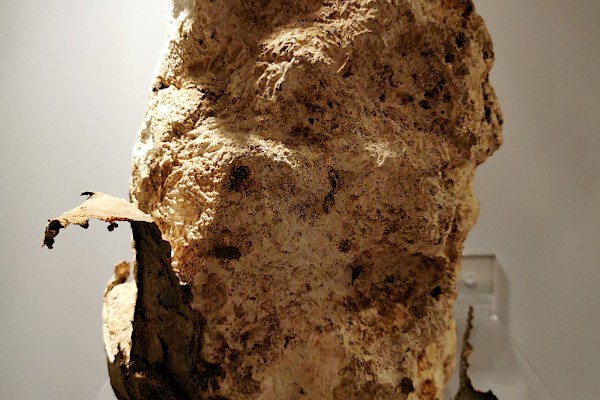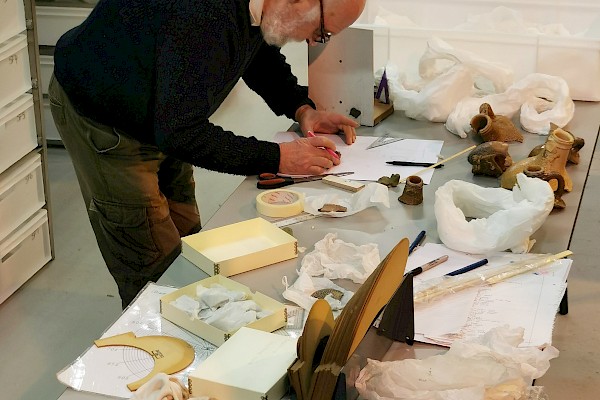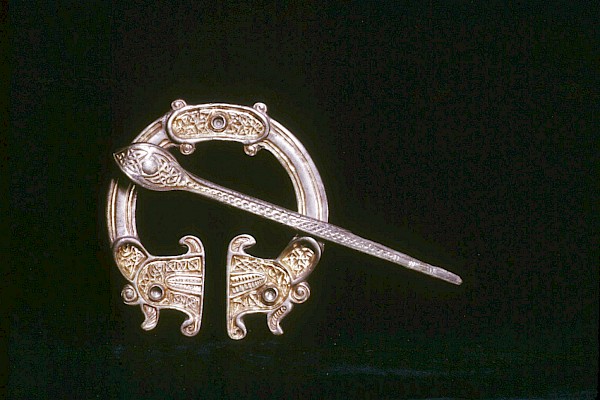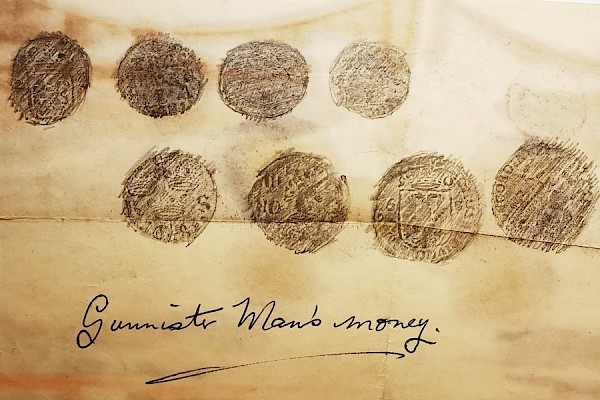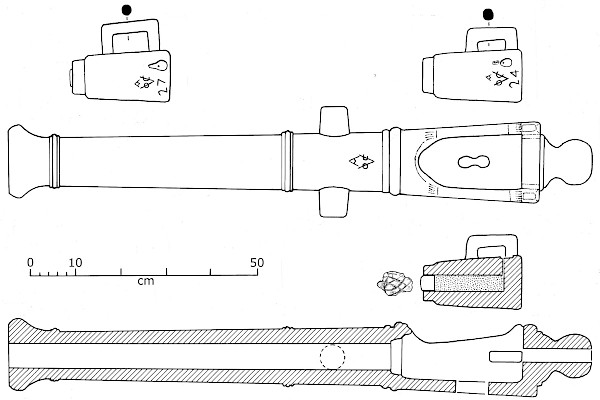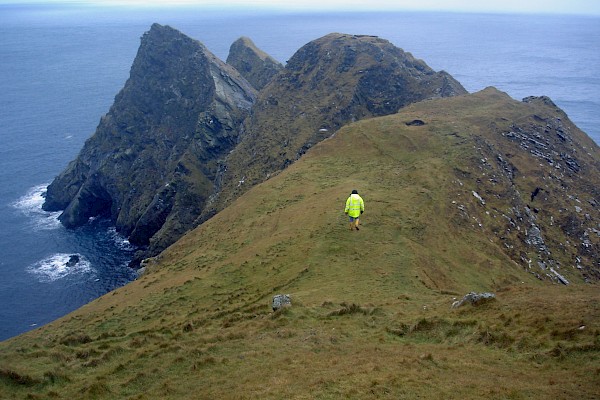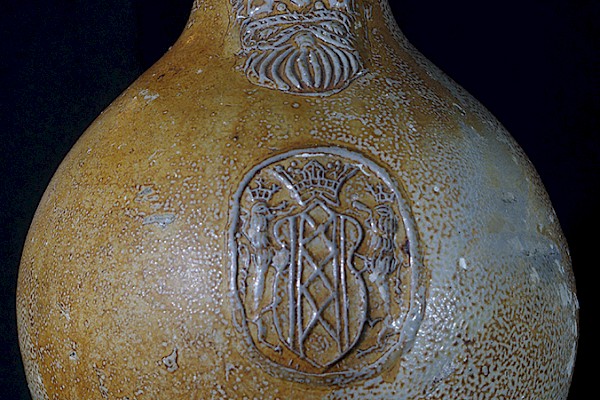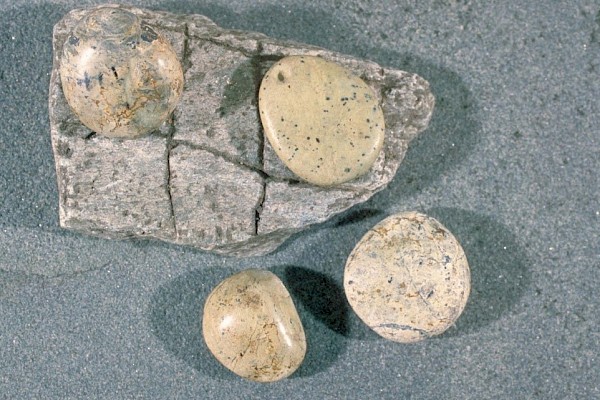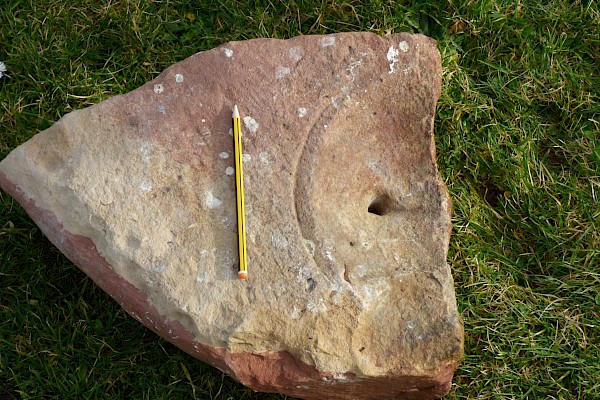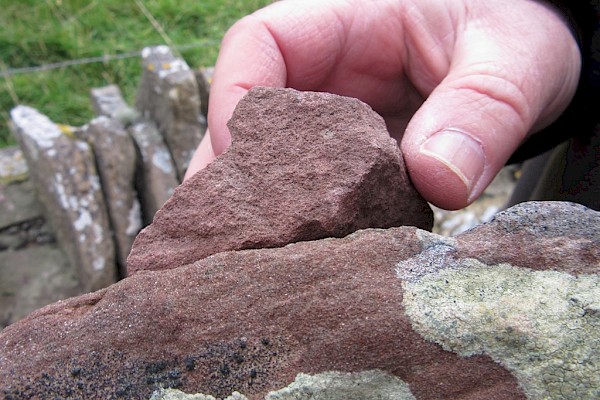Two Earls and a Bishop
As our Three Kirks project continues, we are trying to piece together the reasons why the Orcadian red sandstone was brought to Shetland and incorporated into our three 12th century towered kirks. To fit in the historical piece of the jigsaw we need to look at who may have built or refurbished the kirks.
There are three main characters in our story; the two Earls Magnus and Rognvald and Bishop William the Old.
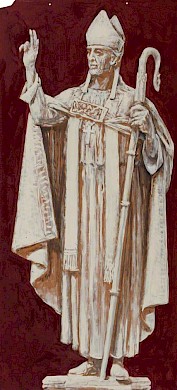
The sagas tell us that brothers Paul and Erlend Thorfinsson shared the earldom of Caithness, Orkney and Shetland. Following the deaths of the brothers, around 1098, the divided Earldom passed to cousins Hakon Paulsson (died 1123) and our Magnus Erlendsson (c. 1075-1116/17).
As discussed in a previous blog this partnership did not end well – Magnus was duped by his cousin Hakon and murdered on Egilsay, by Lifolf the cook.
Following his murder, the mission to regain Earl Magnus’ lands was planned by his surviving siblings and their families. One path they took in achieving this aim was to build up a cult for the murdered Earl Magnus, stressing his good Christian values and devoutness.
Magnus’s sainthood was eventually achieved through the best efforts of his nephew Earl Rognvald who systematically ticked off all the necessary elements for a successful cult: the veneration of local people; the support of the local bishop; proof of miracles at the dead person’s tomb; and evidence of the incorruptibility of the saint’s relics (see Crawford 1998).
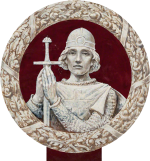
A succession of Shetlanders made their way to Orkney to be cured at the grave of Earl Magnus. A Book of Miracles (Orkneyinga Saga, Chapter 57) tells us that several Shetlanders made the pilgrimage, including a blind farmer Bergfinn Skatisson, who travelled to Orkney with cripples, Sigurd and Thorbjorn, seeking a cure. Following a vigil at the grave of Magnus all three were healed. Bergfinn later returned to the cathedral after the saintly relics of Magnus had been transferred to Kirkwall. He took his cripple son Halfdán with him, where he too was cured. Thorbjorn Ólafsson and Rannveig from Unst were also healed of their ailments.
The sanctification of Saint Magnus eventually got official recognition by William the Old (1102 or 1112 –1168), bishop of Orkney and Shetland, when he himself became the benefactor of miracles attributed to Magnus. The first occurred whilst William was hindered by bad weather in Shetland when he was keen to get back to Orkney to perform mass. He vowed to support the translation of Saint Magnus’s relics to Kirkwall if his ship could get a fair passage. The weather miraculously improved, and the bishop returned to Orkney. The second miracle occurred when William suffered a sudden blindness. He prayed at the grave of Magnus in Birsay, and his sight was restored. Bishop William was now convinced so he organised the saintly remains to be moved to Kirkwall.
With any Christian cult, veneration of the saint’s relics is crucial. These small bones or personal possessions belonging to the saint were believed to hold divine power which would help in gaining a cure. If the three kirks were built in Shetland to further the cult of Saint Magnus, it is likely that some of his relics would have been translated (removed) to Shetland.
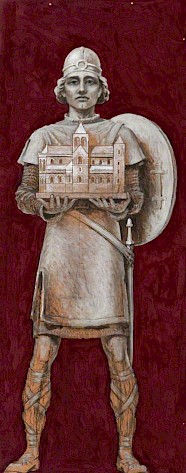
The skeleton in a wooden chest in Kirkwall Cathedral is believed to be that of Saint Magnus. It was noted at the time they were discovered that some finger bones were missing (small finger bones were popular relics). Documents show that a relic of Saint Magnus was sent to the Faroe Islands, so it is entirely probable that one was taken here to Tingwall kirk, and perhaps to Papil and Ireland.
Bishop William’s role in the promotion of the cult was all-important. He was under pressure from rival bishops during this period, so increasing his ecclesiastical power in Kirkwall would have been a significant factor in his support of Rognvald in establishing the cult of Saint Magnus.
Earl Rognvald and Bishop William may have ordered the Shetland kirks to be built or refurbished, to promote the cult of St Magnus. They had much to gain as the rise in the cult brought them more power and income. With his power base and administration centre in Kirkwall, Earl Rognvald was now taking back control of his lands and Shetland’s three towered kirks may have played a major role in promoting his success and furthering the cult. Our kirk’s red towers would have stood proud in the landscape – both a visual and spiritual beacon for the local community, who came to worship and gain healing with the help of St Magnus.
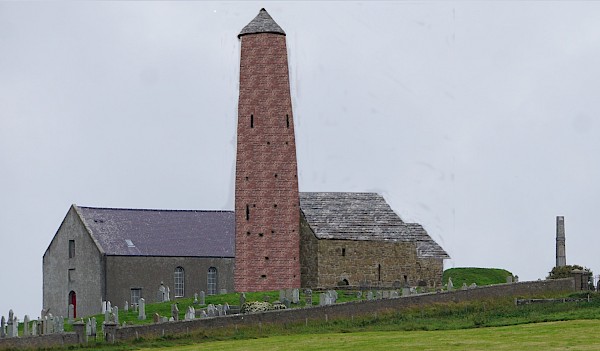
Further reading - Crawford, B.E. 1998. St Magnus and St Rognvald: two Orkney saints, Records of the Scottish Church History Society, Vol. 28: 23-38.
During our research we have had a lot of help from our colleagues in Orkney Museum and we wish to thank them for allowing us to use the three Stanley Cursiter paintings for this blog. You can find out more about their collections here:
